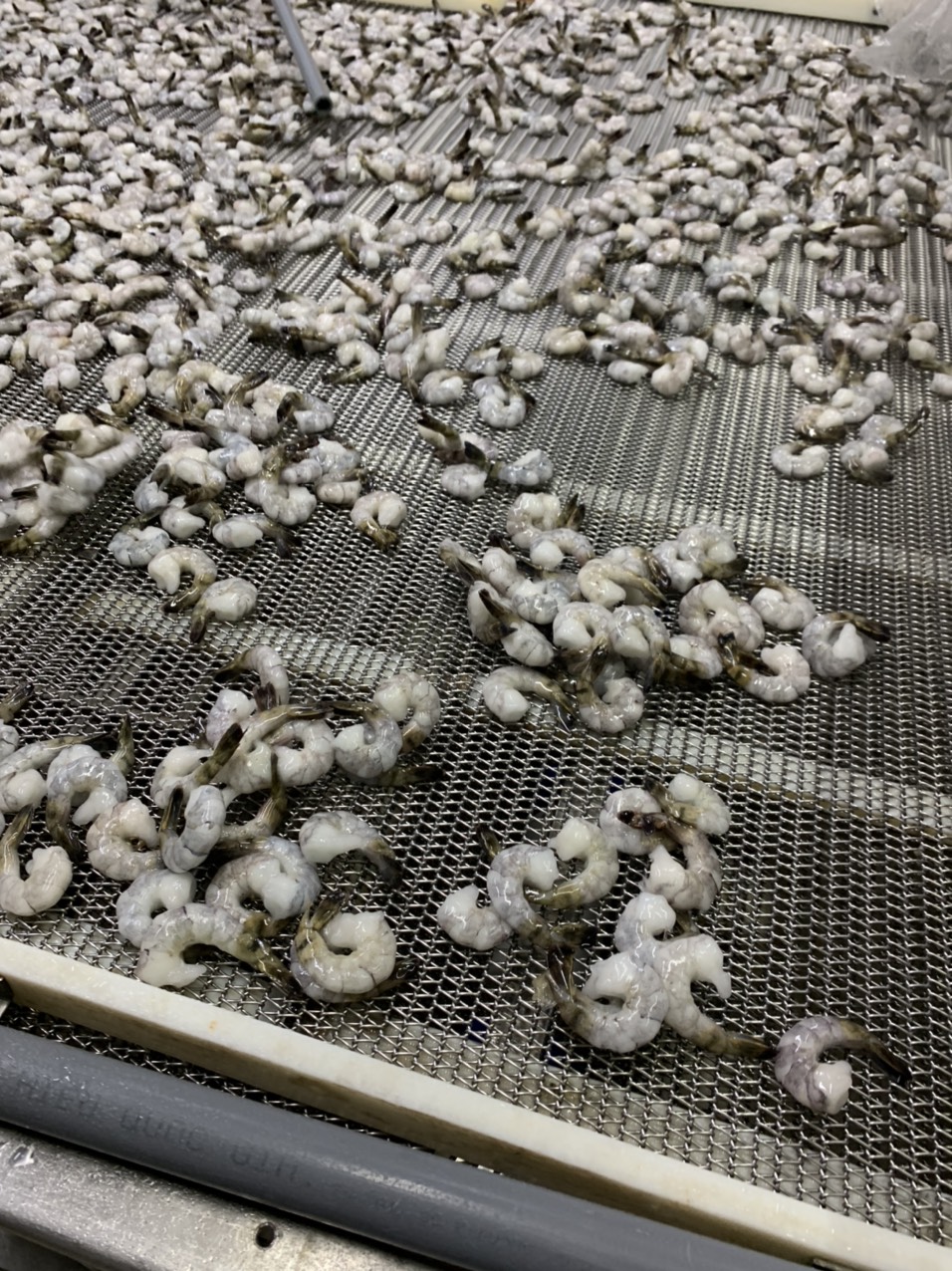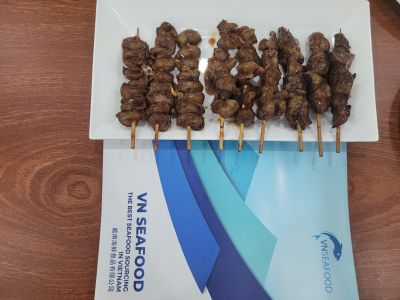Vietnam Shrimp Exports: February Trends and March Outlook
Vietnam’s whiteleg shrimp exports in February reached 17,608 tons — down 7% from January but up 16% compared to February 2024. The export value benefited from higher average prices, particularly due to strong sales to the U.S. and China.
Despite this growth, exports to major markets declined:
-
China & Hong Kong: ↓ 30%
-
EU: ↓ 17%
-
UK: ↓ 19%
Meanwhile, exports to the U.S. (+6%), Japan (+9%), and South Korea (+2%) posted only modest gains.
The average export price of whiteleg shrimp rose over 5% to $9.01/kg, supported by a post-holiday resumption of raw material purchases by processing factories. However, demand from Chinese traders for small-sized shrimp (100 pcs/kg) dropped, leading to a shift toward mid-sized shrimp (20-40 pcs/kg), whose farm-gate prices rose 1-3%.

Black Tiger Shrimp Exports Also See Mixed Results
In February, Vietnam exported 1,475 tons of black tiger shrimp to the U.S., a 21% decrease from January but still 7% higher than the same month last year. Average export prices for all black tiger products rose 14% to $12.77/kg.
Procurement remained slow due to limited contracts and an off-season supply shortage, as many farmers delayed stocking in late 2024. To ensure raw material availability, processors raised purchase prices for large-sized shrimp (20-50 and size 80), pushing farm-gate prices up by 1-2%.
Key export price movements in February included:
-
China: ↑ 9.1% to $7.2/kg (highest since March 2023)
-
Japan: ↑ 5.6% to $9.5/kg
-
South Korea: ↑ 5.3% to $8.0/kg
-
EU: ↑ 3% to $10.2/kg — first increase since October 2024
-
U.S.: ↑ 11% to $17.8/kg — highest in nearly a year
However, export volumes in many markets declined, including a 50% drop to the EU and a third consecutive decline in South Korea, where both volume and price fell.

March Forecast: Cautious Optimism
Vietnam’s shrimp export recovery in March is expected to remain slow due to limited new orders and ongoing pricing pressure from competitors like India and Ecuador. Despite improved prices, tight raw material supply and challenging negotiations with buyers will continue to test the resilience of the industry.





